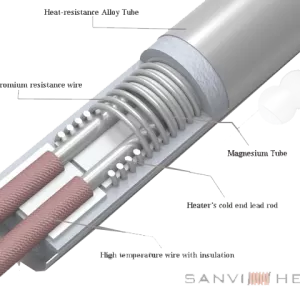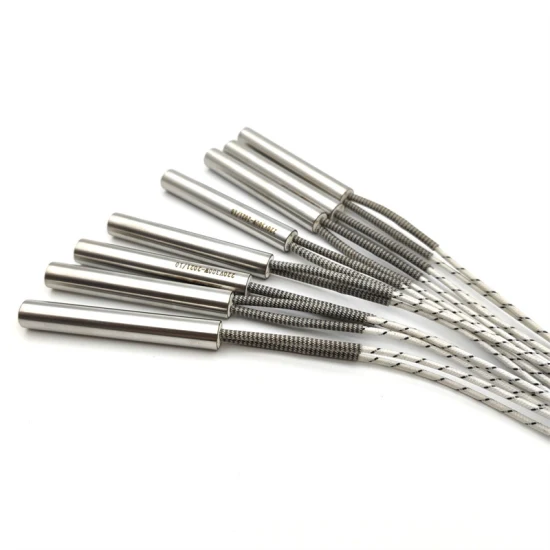Cartridge heaters have extensive applications in the most diverse industries. However, selecting the correct cartridge heater can be challenging simply because many factors should be considered. Parameters such as the material, wattage, size, and temperature ratings, among others, are very critical when a heater is being chosen, this is in consideration of how practical the heater is expected to work within an industrial setting. This guide is ideal for choosing the suitable cartridge heater regardless of whether it is used for plastic injection molding, packaging, or any other hot application process.
Understanding Cartridge Heaters
Cartridge Heaters use a heater that is metallic and shaped in the form of a tube and operates in process machines that can focus heat on a specific area. They consist of a resistor heating wire which is insulated by a stainless jacket and are inserted into holes on a particular part of a machine or mold to heat the said machine or mold. They are generally used for sealers, plastic forming, and packaging machines, however, they can also be applied in the food industry, aerospace, and medical industries.
Factors to Consider When Choosing the Cartridge Heater
Comprehending the extra functional parameters including the material used and the surrounding heater conditions temperature, will help one pick the appropriate cartridge heater
2.1. Material Compatibility
Every appliance or part to be heated has a specific temperature range below which certain materials do not go for worry of destruction or deformation. In this case, you will bear in mind that plastics do not need a lot of heat as compared to conducting metals. When a heater is not suitable for the materials being processed then there will be wastage incurred in the processing or even poor quality output of finished products.
2.2. Watt Density and Power Requirements
Watt density is defined as the maximum wattage per unit area of a heater surface, or in other words, the maximum amount of wattage that goes to each square inch in the surface area of the heater. It is an essential aspect because this dictates the performance of the heater and its endurance. Higher watt density means that the heater reaches the optimum temperatures in a shorter period but there are chances of burnout if the heater is overperformed according to the load in use.
2.3. Size and Fit
Actual dimensions of the heaters are also important as well as how well they will fit the client’s machine. Rather the heater should be inserted into a drilled hole with the diametric and length measurements of the heater and the hole from the casing. It can be anticipated that if these joints do not align properly then any movement of the heater will adversely affect the heat transfer methods, at the edges of the heater, casing, and holes.
2.4. Temperature Range and Control
Fortunately, it is now possible to acquire temperature ranges regarding us as well as a cartridge heater. Again, it may happen that, even in different operations, a temperature limit could be exceeded, and if paid no attention to, may cause the heater or any other appliance to a damaged. Several of the cartridge
2.5. Lead Configuration and Durability
Overall lead configuration deals with the way the cartridge heater is electrically wired. Different configurations will offer different levels of flexibility, temperature, and general durability. A more versatile lead configuration is preferable if the heater is moved or fazed. Leads should also be cannabinoids from moisture and chemicals as well from high temperatures depending on the case.
You Should Also Read These Blogs:
Top 10 Applications of Open Coil Elements in Electric Heating

Types of Cartridge Heaters
Due to the nature of the task different cartridge heaters have been designed thus, there are several types of Bourbon. The most well-known forms include the following types:
- Standard Cartridge Heaters: This finds application in generic industrial purposes with a reasonable range of temperature and durability.
- High-Density Cartridge Heaters: These are high-watt-density heaters and therefore appropriate for situations where a lot of heat is necessary.
- Split-Sheath Cartridge Heaters: These heaters are used in some applications where tight control of temperature is needed and have flexible configurations for better heat transfer.
Conclusion
When selecting a cartridge heater for industrial purposes, you take into account the workpiece that is to be heated, the watt density, configuration and size, range of temperatures, and lead configuration among other factors. Assessing all these factors, you can choose a heater that would provide the best efficiency, safety, and durability for the intended purpose. Proper placement and different maintenance measures over time, ensure the reliability and efficiency of the cartridge heater for the longest time possible in future applications.
